Microscope Parts Worksheet and Use
Understanding the different parts of a microscope is essential for anyone who is interested in biology, physics, or any scientific field that involves studying microscopic organisms or objects. This Microscope Parts Worksheet provides a structured and comprehensive guide to help you identify and learn about each component of a microscope. Whether you are a student, a teacher, or simply curious about the world of microscopy, this worksheet will serve as a valuable resource for enhancing your knowledge and understanding.
Table of Images 👆
More Other Worksheets
Kindergarten Worksheet My RoomSpanish Verb Worksheets
Cooking Vocabulary Worksheet
DNA Code Worksheet
Meiosis Worksheet Answer Key
Art Handouts and Worksheets
7 Elements of Art Worksheets
All Amendment Worksheet
Symmetry Art Worksheets
Daily Meal Planning Worksheet
What is the function of the ocular lens?
The ocular lens, also known as eyepiece, is responsible for magnifying the image produced by the objective lens in a microscope. It allows the viewer to see a larger and clearer image of the specimen being observed.
What is the purpose of the objective lenses?
The purpose of the objective lenses in a microscope is to gather light and magnify the specimen being viewed. They are responsible for producing a magnified image of the specimen and directing it to the eyepiece for further magnification and observation. Each objective lens has a different magnification power, allowing users to view the specimen at various levels of detail.
What is the role of the condenser in a microscope?
The condenser in a microscope is responsible for focusing and directing light onto the specimen being observed. It helps gather and concentrate light from the microscope's light source, ensuring even illumination of the specimen. By adjusting the condenser, the quality and intensity of the light can be controlled, leading to better visibility and clarity of the specimen under the microscope.
What is the purpose of the iris diaphragm?
The purpose of the iris diaphragm is to adjust the size of the aperture or opening in a lens system, allowing control over the amount of light entering the camera or microscope. By adjusting the size of the iris diaphragm, one can regulate the depth of field and the exposure of the image, resulting in sharper detail and greater control over the final image or focus.
What does the coarse adjustment knob do?
The coarse adjustment knob on a microscope is used to move the stage up and down rapidly to roughly focus on the specimen. It allows you to quickly bring the specimen into view before using the fine adjustment knob for precise focusing. The coarse adjustment knob is especially useful when switching between different magnifications or when first locating a specimen on the slide.
What is the function of the fine adjustment knob?
The fine adjustment knob is used to precisely focus the image under high magnification in a microscope. It allows for small adjustments to achieve a sharp, clear image by moving the objective lens slightly up or down. This knob is particularly useful for fine-tuning the focus when examining specimens at high magnification.
What is the purpose of the stage in a microscope?
The stage in a microscope serves as a platform to hold and support the specimen being observed. By securing the specimen in place on the stage, users can easily maneuver and focus the specimen for magnification and detailed examination under the microscope lenses.
What is the function of the stage clips?
Stage clips are used to hold the slide in place on the stage of a microscope. They ensure that the slide remains steady while viewing it under the lens, preventing it from moving or shifting during observation. This allows for precise and accurate examination of the specimen on the slide.
What is the role of the light source in a microscope?
The role of the light source in a microscope is to provide illumination to the sample being observed. Proper illumination enhances the contrast and visibility of the specimen, allowing for clearer and more detailed observations under the microscope. The light source can be adjusted in intensity and angle to optimize the quality of the image.
What is the purpose of using a microscope?
The purpose of using a microscope is to magnify and view tiny objects or structures that are not visible to the naked eye. This enables scientists, researchers, and medical professionals to study and analyze such specimens in detail, aiding in the discovery of new information, diagnoses of diseases, and advancements in various fields of biology, medicine, and materials science.
Have something to share?
Who is Worksheeto?
At Worksheeto, we are committed to delivering an extensive and varied portfolio of superior quality worksheets, designed to address the educational demands of students, educators, and parents.

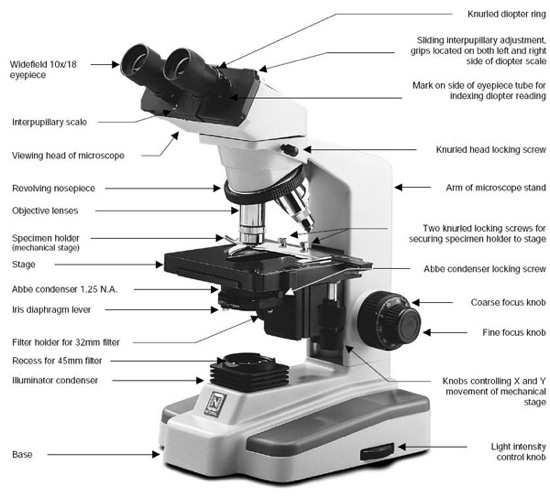



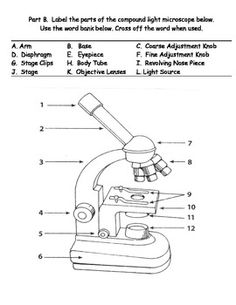

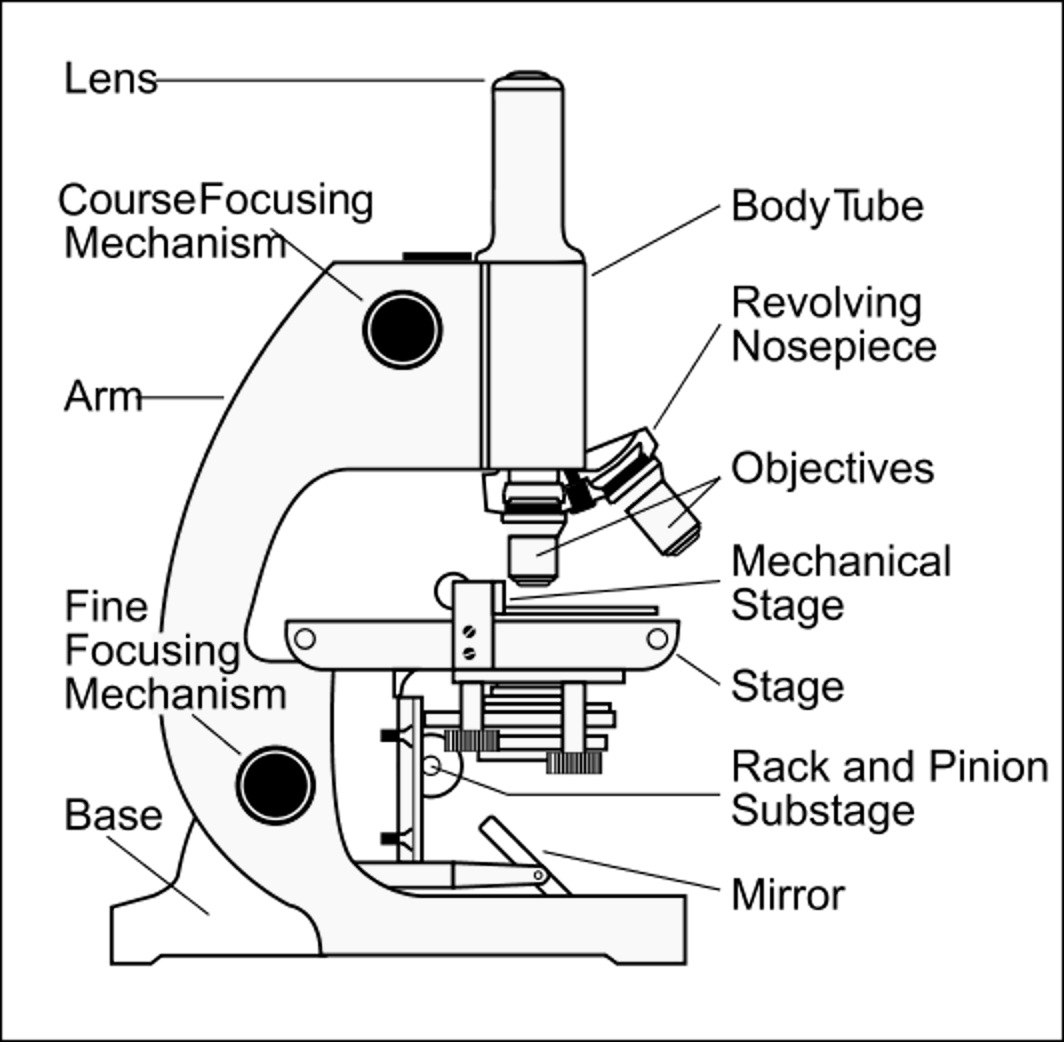




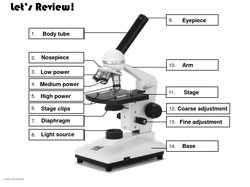
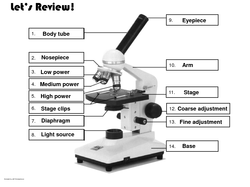
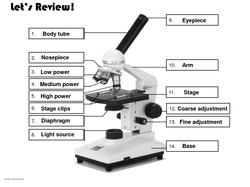
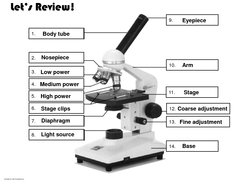
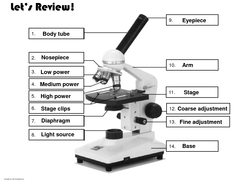
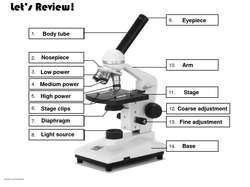
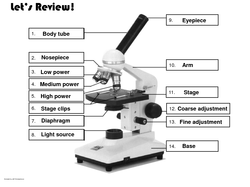














Comments